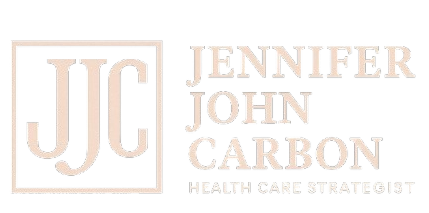To thrive in healthcare — or any service-based business — you must be able to identify gaps in your business before they impact your growth or bottom line. Whether it’s a breakdown in workflows, unclear team responsibilities, or missed marketing opportunities, gaps can quietly drain resources and stall your success. In this post, you’ll learn how to spot those gaps early and fix them fast using proven strategic tools.
Common Business Gaps That Cost You Time and Money
Understanding where businesses typically fall short helps you know where to look first. Here are the most common types of business gaps:
1. Operational Inefficiencies
Are your workflows unnecessarily complicated? Are there repeated tasks or delays between departments? Operational gaps often hide in plain sight and lead to lost productivity, frustrated staff, and customer dissatisfaction.
2. Marketing Weaknesses
If you’re not consistently bringing in new clients or you’re struggling to retain existing ones, it could be due to unclear messaging, poor audience targeting, or gaps in your digital strategy.
3. Staffing and Talent Issues
A lack of skilled personnel, unclear roles, or low morale can cripple your business from the inside. Gaps in communication and leadership also fall into this category.
Tools and Techniques to Quickly Diagnose Gaps
Now that you know where to look, here are tools you can use to uncover problem areas — fast.
SWOT Analysis
A classic yet powerful tool. Break your business down into its Strengths, Weaknesses, Opportunities, and Threats. It’s a great way to identify blind spots and prioritize what to fix first.
KPI Tracking
If you’re not tracking key performance indicators (KPIs), you’re flying blind. Choose metrics aligned with your business goals — revenue growth, client acquisition rate, operational cost per patient, etc. When KPIs trend downward, it’s time to investigate.
Team Feedback Systems
Your employees are on the front lines. Implement anonymous surveys, suggestion boxes, or routine check-ins to gather insight on internal issues. Often, your staff can identify bottlenecks or frustrations long before they show up in reports.
Real-World Example
Let’s say your clinic’s patient satisfaction rate has dropped. After running a SWOT analysis, you find the strength is your clinical care, but the weakness is long wait times. A review of KPIs shows a delay between intake and physician availability. Feedback from your front-desk staff reveals they’re short-staffed. In this one example, a combination of tools helped identify a hidden operational gap — and now you can fix it by adjusting schedules or hiring additional support.
Why Fixing Gaps Fast Is Critical
Small inefficiencies grow over time. What starts as a minor workflow hiccup can snowball into revenue loss, employee burnout, or compliance issues. Speed matters. The faster you can identify and fix gaps, the more agile and resilient your business becomes — especially in today’s fast-paced healthcare environment.
Final Thoughts
Being able to identify gaps in your business quickly and act on them is a core skill of any strong healthcare leader. Strategic tools like SWOT, KPI tracking, and team feedback are essential for making smart, fast decisions that support your bottom line and your mission.
📎 Internal Link Suggestion
Want to take your strategy to the next level? Read: The Power of Strategic Partnerships in Healthcare
🔗 Outbound Resource
To deepen your assessment tools, check out the Harvard Business Review’s guide to business diagnostics.


